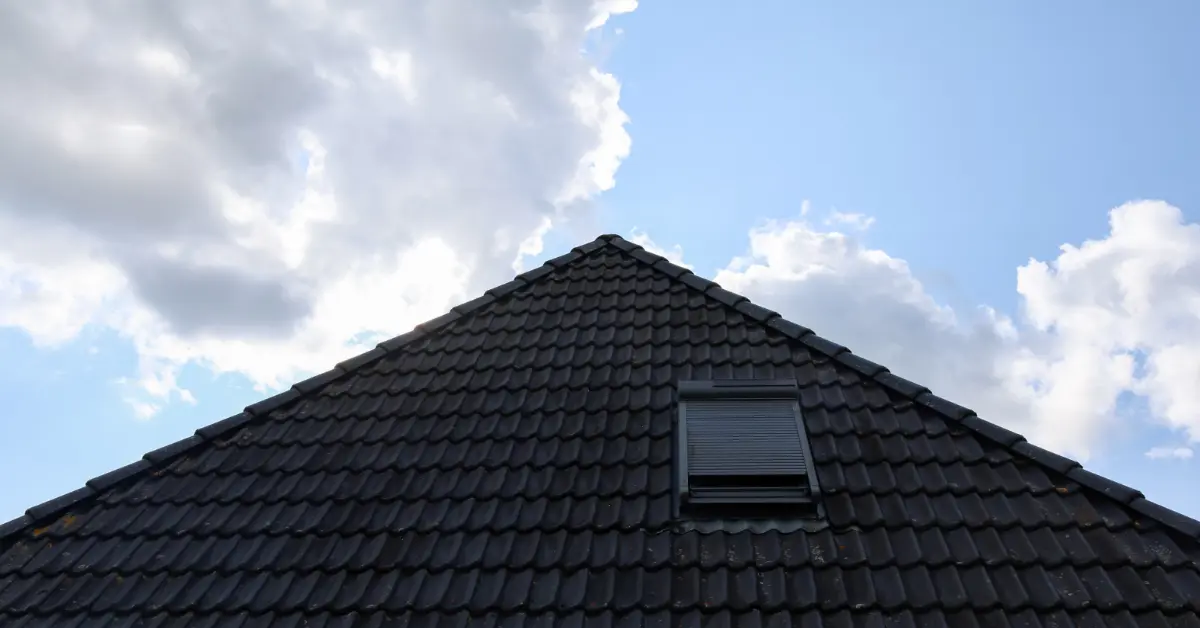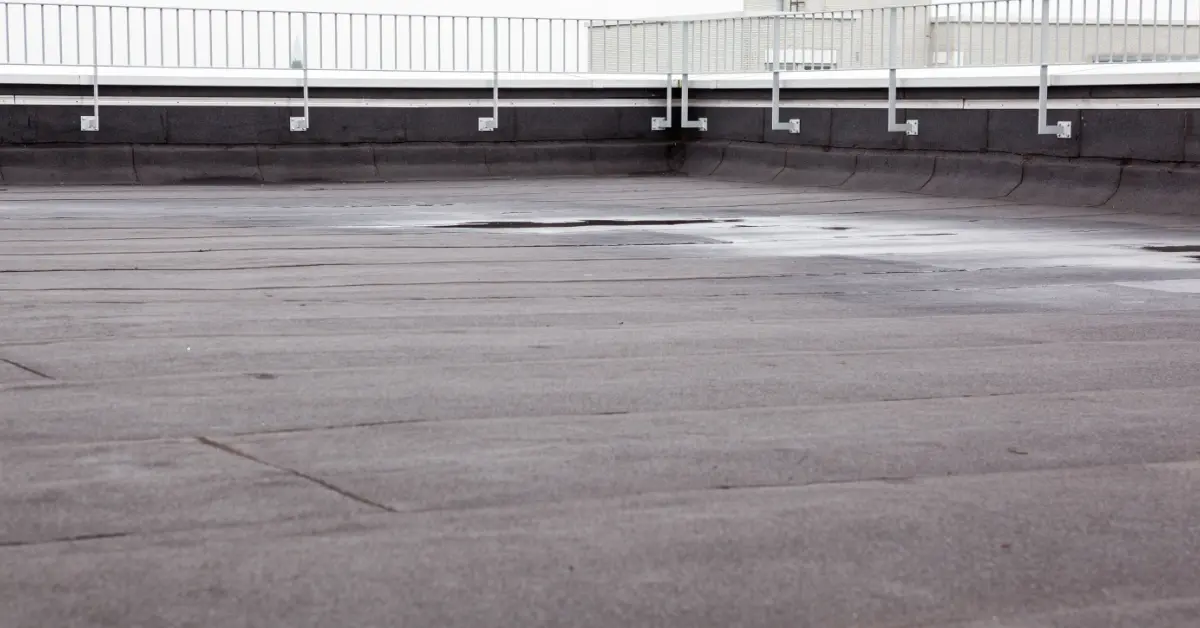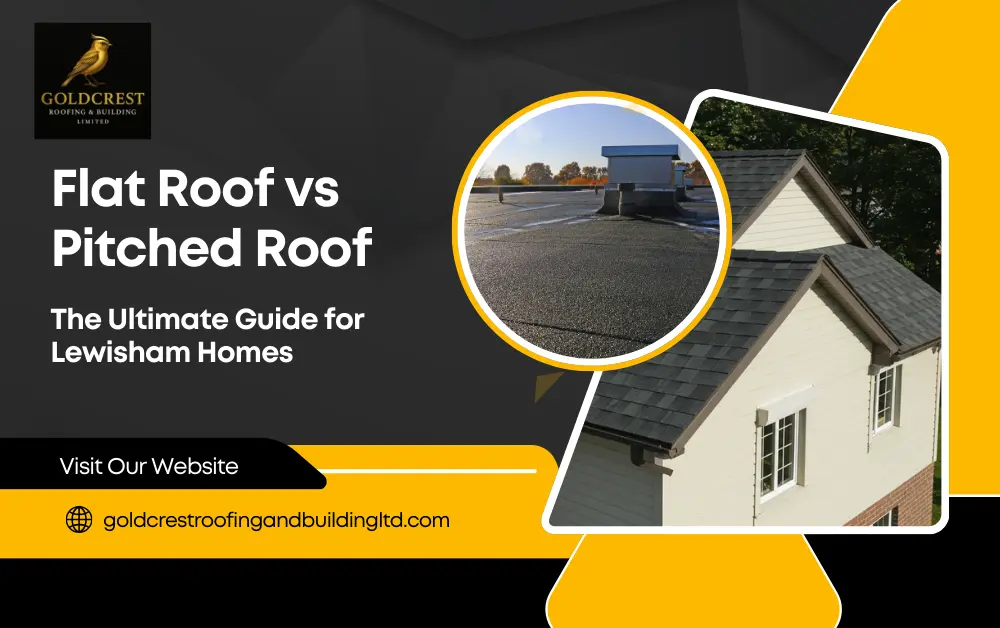Flat Roof vs Pitched Roof, it’s one of the biggest choices you’ll make when upgrading or maintaining your Lewisham home. A roof does much more than keep out the rain; it protects your family, shapes the look of your property, and affects long-term costs. Choosing the wrong type can lead to expensive repairs or missed chances to improve safety, style, and comfort.
By looking at the pros and cons of flat and pitched roofs, and thinking about what works best for your property, you can make a choice that keeps your home safe, stylish, and cost-effective for years to come.
What Is a Pitched Roof?

A pitched roof is the traditional sloped design that most people imagine when they think of a classic home. Its angled shape allows rain, snow, and debris to slide off easily, reducing the risk of leaks and water pooling.
Popular styles include:
- Gable roofs, the familiar triangular shape
- Hip roofs, sloped on all four sides for extra stability
- Mansard roofs, double-sloped for more usable attic space
In Lewisham’s rainy climate, pitched roofs are especially reliable, offering strong drainage and long-term durability. Beyond practicality, they add timeless beauty and elegance, making them ideal for older and heritage-style homes. A pitched roof can provide your property with extra attic storage, improved insulation, and a cosy, classic character that lasts for decades.
What Is a Flat Roof?

Flat roofs offer a modern, space-saving alternative. With little to no slope, they create a level surface that homeowners can use in creative ways, from rooftop gardens and terraces to solar panels or outdoor sitting areas.
Common materials include:
- EPDM (rubber) – flexible and long-lasting
- TPO (thermoplastic) – energy-efficient and durable
- Bitumen membranes – affordable and reliable
Learn more about these roofing materials in our detailed guide.
Flat roofs are generally more affordable to install and simpler to access for repairs. With proper waterproofing and professional installation, they can perform just as well as pitched roofs. For urban homes, flat roofs are a smart option for homeowners who want modern style, extra usable space, and a cost-effective solution.
To maximise the benefits, homeowners often rely on professional flat roofing services to get a durable, well-installed roof that suits their property’s needs. For expert flat roofing installation, maintenance, and repairs, trust our team to deliver long-lasting results.
Comparing Flat and Pitched Roofs
When deciding between a flat or pitched roof, consider these factors:
- Cost: Flat roofs are cheaper upfront, while pitched roofs often save money in the long run due to lower repair needs.
- Durability: Pitched roofs shed water naturally, while flat roofs require regular inspections to stay watertight.
- Space: Flat roofs can be used for rooftop gardens, terraces, or solar panels. Pitched roofs provide attic storage and improved insulation.
- Style: Pitched roofs complement traditional and heritage homes, while flat roofs fit modern, minimalist designs.
- Resale value: Buyers may prefer pitched roofs for their durability, but well-maintained flat roofs with added features (like solar panels) can also increase property value.
Roof Costs: Flat Roof vs Pitched Roof
Understanding the cost difference between a flat roof vs pitched roof is key when deciding your roof type:
Flat Roofs: Usually cheaper upfront. Installation costs vary depending on the material (EPDM, TPO, or bitumen). Maintenance is slightly higher, but repairs are often easier and faster.
Pitched Roofs: Installation can be more expensive due to the complexity and materials required, such as tiles or slates. However, long-term maintenance is often lower because water naturally drains off, reducing the risk of leaks.
Tip: Factor in potential long-term savings when comparing initial costs. Paying more up front for a pitched roof can reduce repair bills down the line.
Key Factors to Consider
Before making your decision, think about:
- Climate: Frequent rain favours pitched roofs for natural drainage.
- Available Space: Flat roofs are ideal for urban homes with limited outdoor areas.
- Home Style: Traditional homes pair well with pitched roofs; modern builds shine with flat designs.
- Budget: Flat roofs are cost-effective upfront, but pitched roofs may offer better value over time.
- Maintenance Needs: Pitched roofs require less frequent upkeep. Flat roofs require regular inspections to remain watertight.
Common Myths About Roofing
Don’t let myths confuse your decision:
- Myth: Flat roofs always leak.
Truth: Modern materials and professional installation make them highly durable. - Myth: Pitched roofs are always expensive.
Truth: While installation costs may be higher, they often require fewer repairs over time.
Knowing the facts gives you confidence and peace of mind.
When a Pitched Roof Is Right for Your Home
A pitched roof is often the best choice for homes that value durability, classic design, and long-term protection. With its angled shape, a pitched roof allows rainwater to drain away quickly, reducing the risk of leaks and water damage. It also provides excellent insulation, helping to keep your home warmer in winter and cooler in summer. Many homeowners choose pitched roofs for their timeless look, which blends well with the town’s traditional architecture while adding lasting value to the property. If low maintenance and a reliable, stylish design are your priorities, a pitched roof may be the right option for your home.
When a Flat Roof Is Right for Your Home
A flat roof is an excellent option for homeowners who want a modern look and practical use of space. Its simple design not only gives your property a sleek, contemporary style but also creates extra room for features like a roof terrace, garden, or even solar panels. Flat roofs are often quicker and more cost-effective to install, making them appealing if you’re working with a budget. In a busy area, where every bit of space counts, a flat roof can turn the top of your home into something functional, stylish, and unique.
Roof Maintenance Tips
Flat Roof vs Pitched Roof, no matter which roof you choose, regular maintenance is essential:
For pitched roofs:
- Clear gutters regularly to prevent blockages.
- Replace cracked or missing tiles quickly.
- Inspect the flashing around chimneys and skylights to avoid leaks.
For flat roofs:
- Remove leaves, branches, or standing water promptly.
- Inspect the waterproof membrane for cracks or signs of wear.
- Schedule professional inspections at least twice a year.
Conclusion:
Choosing between a flat and pitched roof is more than just about looks; it’s about protecting your home, enhancing your lifestyle, and making a smart investment. While pitched roofs bring timeless beauty and low-maintenance durability, flat roofs offer modern design and creative space solutions. By understanding your options and planning for maintenance, you can make sure your home remains safe, stylish, and functional for many years to come. For expert guidance and reliable solutions, working with experienced roofers in Lewisham can help you make the best choice for your property.
FAQs
Which type of roof lasts longer?
Pitched roofs generally last longer due to natural drainage, but modern flat roofs can also be durable with proper maintenance.
Can I install solar panels on both types?
Yes. Flat roofs make panel placement easier, but pitched roofs can also support solar panels.
What is the strongest shape for a roof?
A hip roof is the strongest shape, as its sloped sides provide extra stability and resist wind, rain, and snow better than flat roofs.
What is the weakest part of a roof?
The edges, valleys, and joints are usually the weakest points, since they’re more prone to leaks, water damage, and wear over time.

